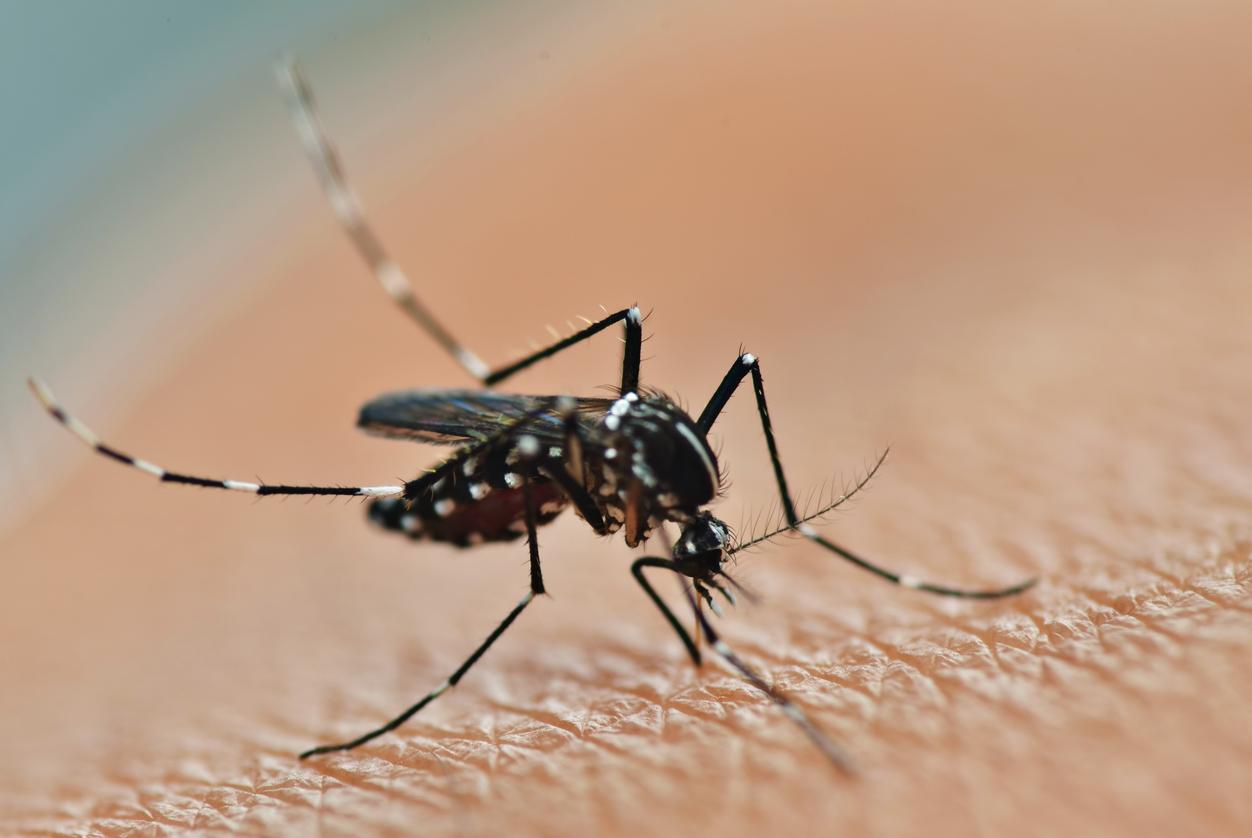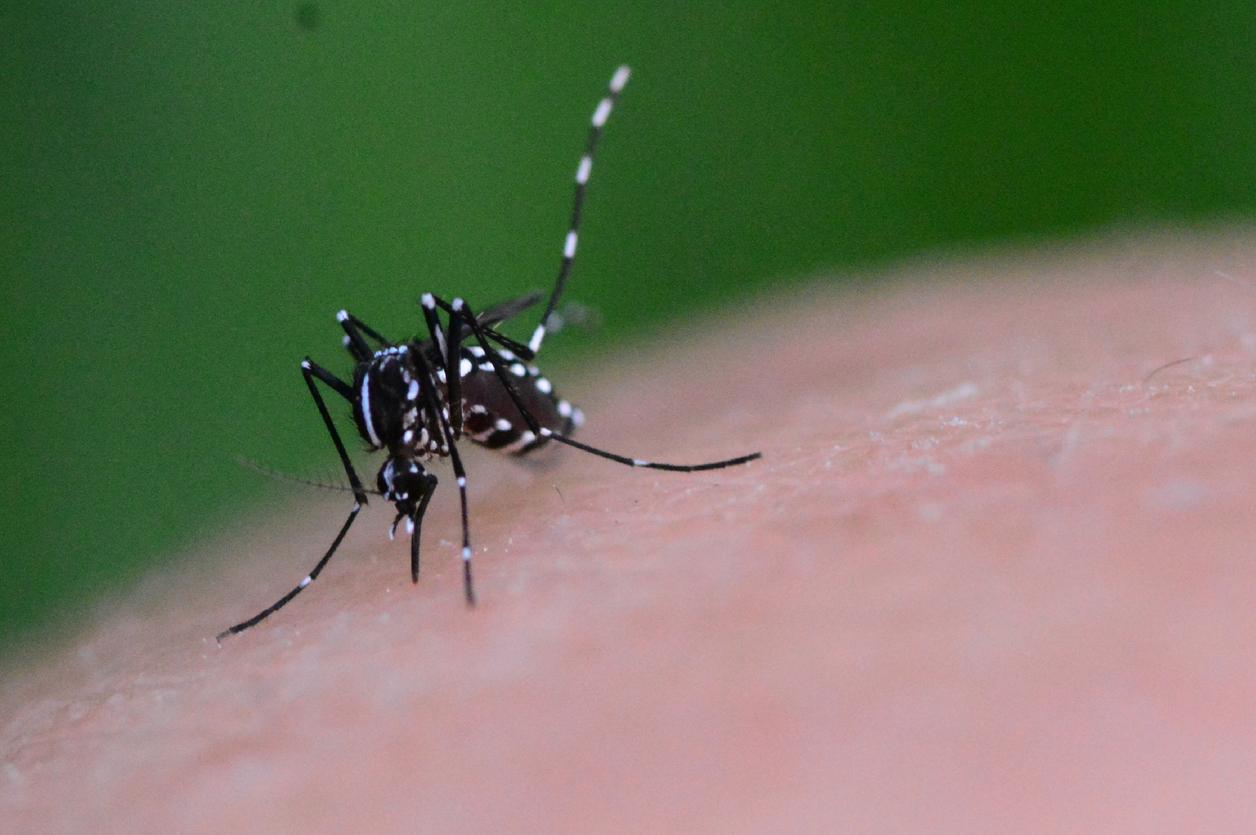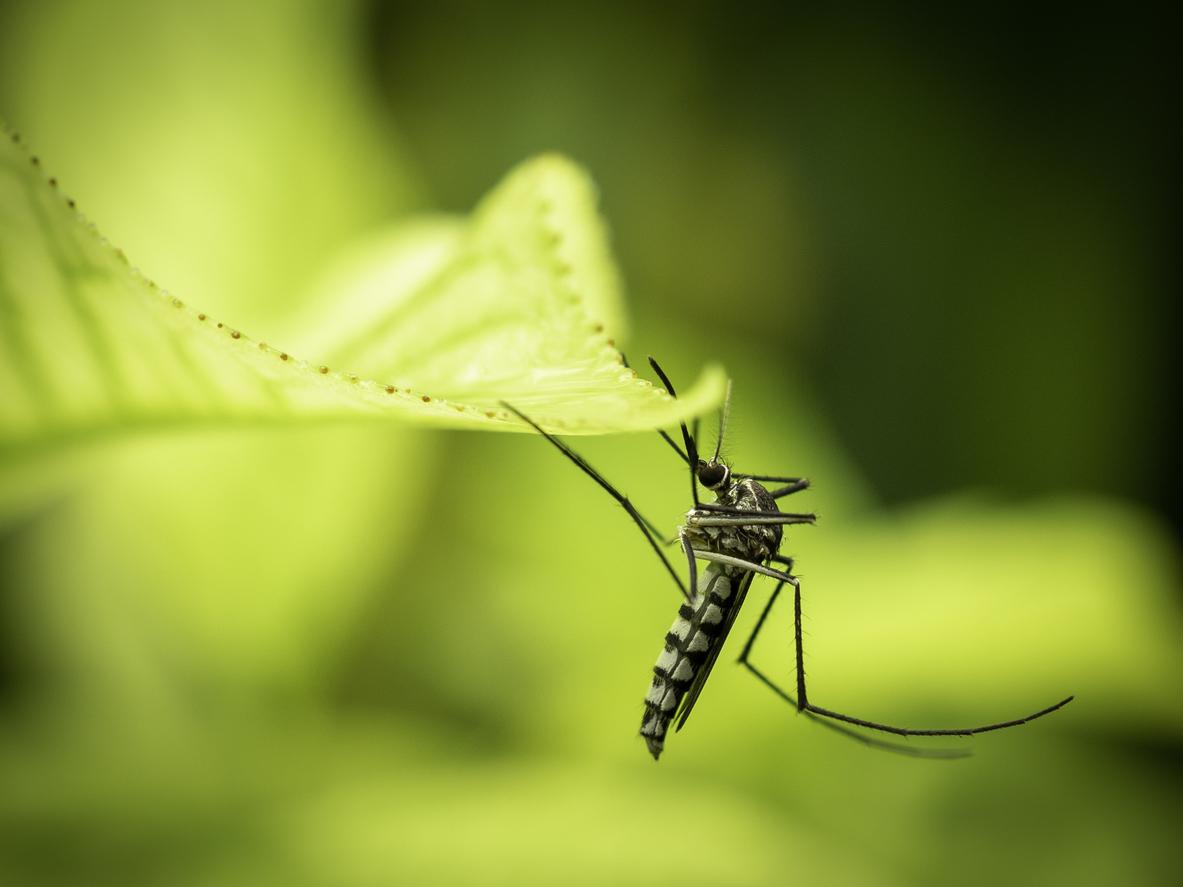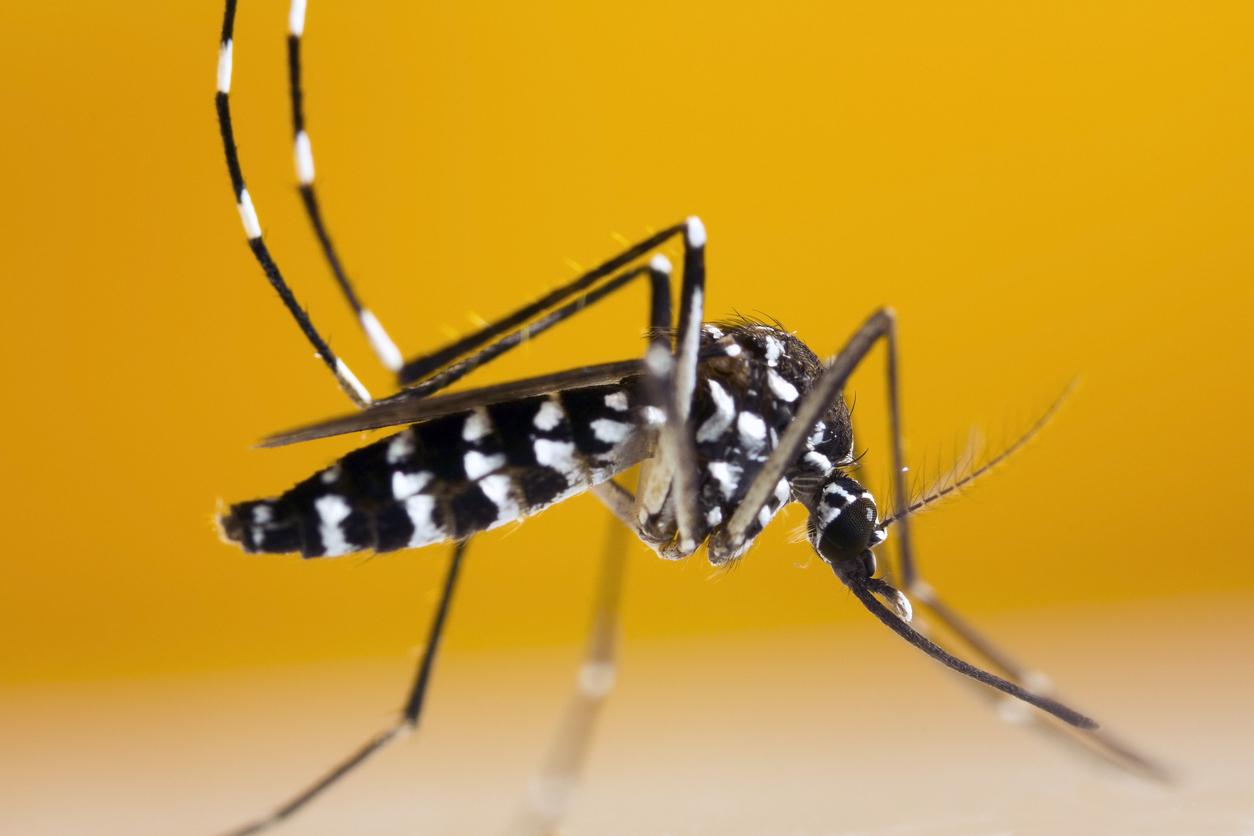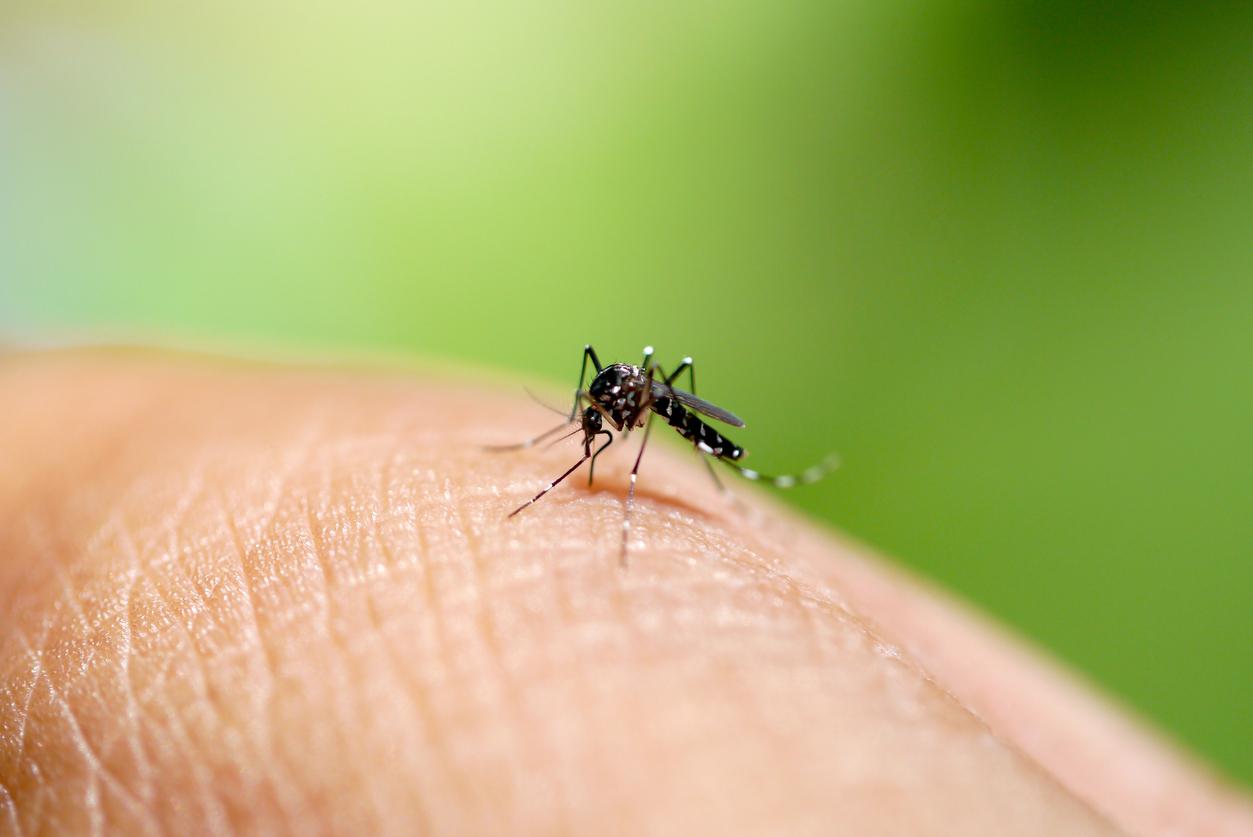In around thirty departments, the progression of insects will be closely observed. Monitoring of tiger mosquitoes begins again.
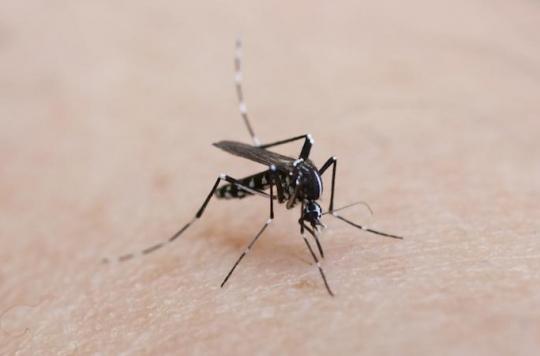
The beautiful days are returning and the mosquitoes with it. One of them is particularly watched, the tiger mosquito (Aedes albopictus). It must be said that the insect is capable of transmitting dengue, chikungunya but also the Zika virus to humans that it bites.
The vector control services are therefore once again on a war footing. As every year, the device is activated until November 30. It targets the departments where the tiger mosquito has been reported.
A reporting portal
About thirty metropolitan departments will be the subject of increased surveillance in 2017. 6 of them appear on this list for the first time: Aisne, Corrèze, Lozère, Maine-et-Loire, Val-d’Oise, and Gers.
Aveyron and Haut-Rhin will be particularly followed. Placed on red alert, they saw the presence of the tiger mosquito increase over the past year.
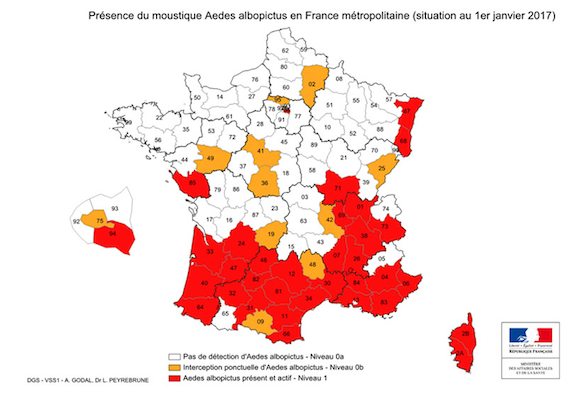
Arrived in 2004, the tiger mosquito is native to Asia. It has established itself in France through Italy. His presence worries the health authorities. Rightly so: the insect is the vector of several viral diseases which circulate in the overseas departments. Their arrival in metropolitan France is therefore feared.
The surveillance system relies on several actors, starting with the citizens. A reporting portal – signaling-moustique.fr – assesses the progress of the animal through the declarations of the inhabitants. Set up in 2014, it has generated more than 10,000 alerts in two years.
Two complementary approaches
“The vigilance of the inhabitants has revealed the presence of the species in 254 additional municipalities”, testify Frédéric Jourdain and Yvon Perrin, experts at the National Center of Expertise on Vectors, on the site The Conversation.
Traps positioned on the territory complete this voluntary system. Installed around colonized areas, they provide an ideal nesting area for insects. By the way, making the work of scientists easier.
It is on the basis of these feedback that the response is organized. Disinsection campaigns are regularly organized in the affected areas. Here too, citizens are called upon to provide assistance to the authorities. The most effective measure is to limit all the spawning areas, avoiding letting the water stagnate – in the gutters or saucers of flower pots, for example.
.







